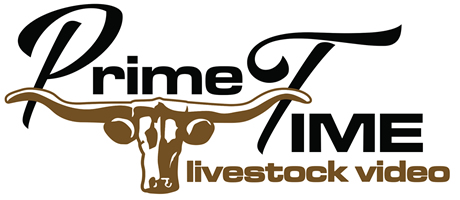Slide
Background
Selling on a video sale is a method of forward contracting cattle. You are expected to accurately estimate what your cattle will weigh at delivery, sometimes months in advance. Since that can be a difficult task, the concept of a "price slide" has evolved and is a mechanism to reduce the risk when a seller’s estimate of delivery weights is inaccurate. It can also be an important merchandising technique for selling cattle in a video sale format, as it conveys how much confidence you have in your estimated delivery weights.
How Does the Slide Work?
Live weight and the amount of the slide are inversely related-as delivery weights increase, the slide decreases. The slide is an adjustment to price that is typically applied when the average per head delivered weight exceeds a specified limit that is outlined in the contract.
Using Slides as a Marketing Tool
An accurate slide that reflects current seller and market conditions can be beneficial when marketing your cattle. If you have good historical data of delivery weights, utilize check weights and understand your feed situation, you may want to place a higher slide on your cattle with a smaller weight variance. Conversely, if you are less confident in what actual delivery weights will be, you may want to place a smaller slide on the cattle with a broader weight variance.
A buyer will recognize that a seller who places a higher slide with a smaller weight variance has more confidence in his delivery weights than a seller who places a smaller slide with a larger weight variance.
Weight Stops
Weight stops have recently emerged as another way to more effectively communicate to buyers your confidence in your delivery weights. Primetime Livestock weight stops can be applied at the consignor’s option up to a maximum of 50 lbs over the base weight. If this option is taken, cattle slide up to the cited weight stop. Any pounds over the "weight stop" are free to the buyer, which gives the buyer a lot more confidence in his buying decisions.

